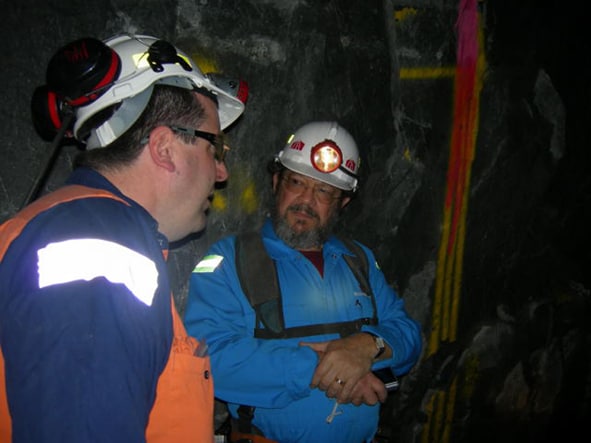In a couple of years all Australian States will probably have OHS laws which require active consultation on workplace safety matters. But how effective will the consultation be if a noticeable part of one’s workforce struggles with literacy?
For many years OHS included a gentle and steady push for OHS information to be provided in Languages Other Than English (LOTE). Many OHS regulators had Codes of Practice providing guidance on how to communicate safety issues to workers who cannot speak or write English.
The Australian Industry Group (AIGroup) has been running a project on improving workplace literacy for some time. AIGroup sees literacy as a major impediment to productivity and safety. The ACTU sees the risks posed to one’s safety predominantly. On 26 May 2010, AIGroup’s CEO Heather Ridout wrote in The Australian newspaper (not available online) about the project and the workplace risks. A report from the literacy project has found that “low levels of literacy and numeracy were an issue for”:
| Labourers and process worker | 45% |
| Apprentices | 25% |
| Technicians | 23% |
| Administrative staff | 17% |
| IT staff | 13% |


